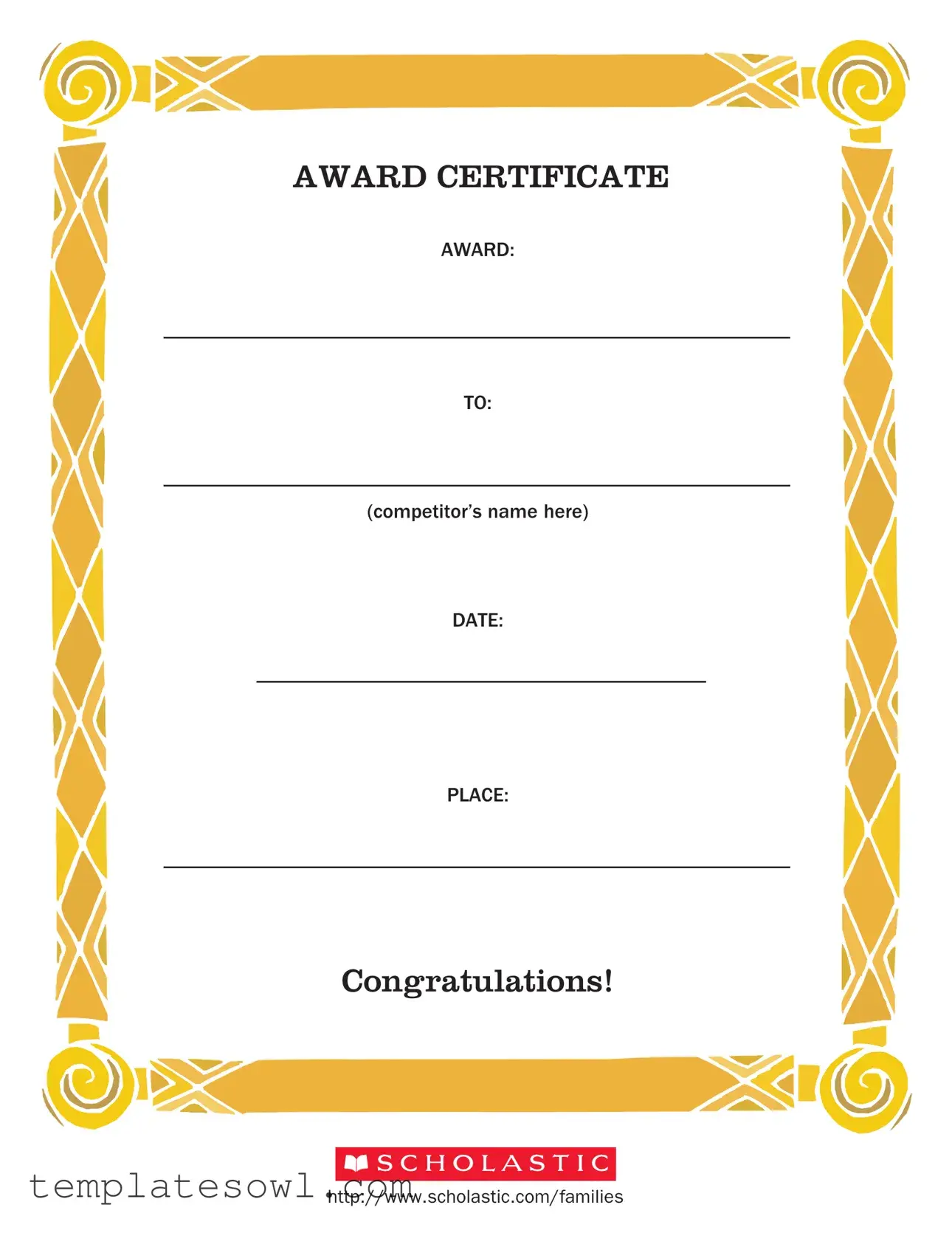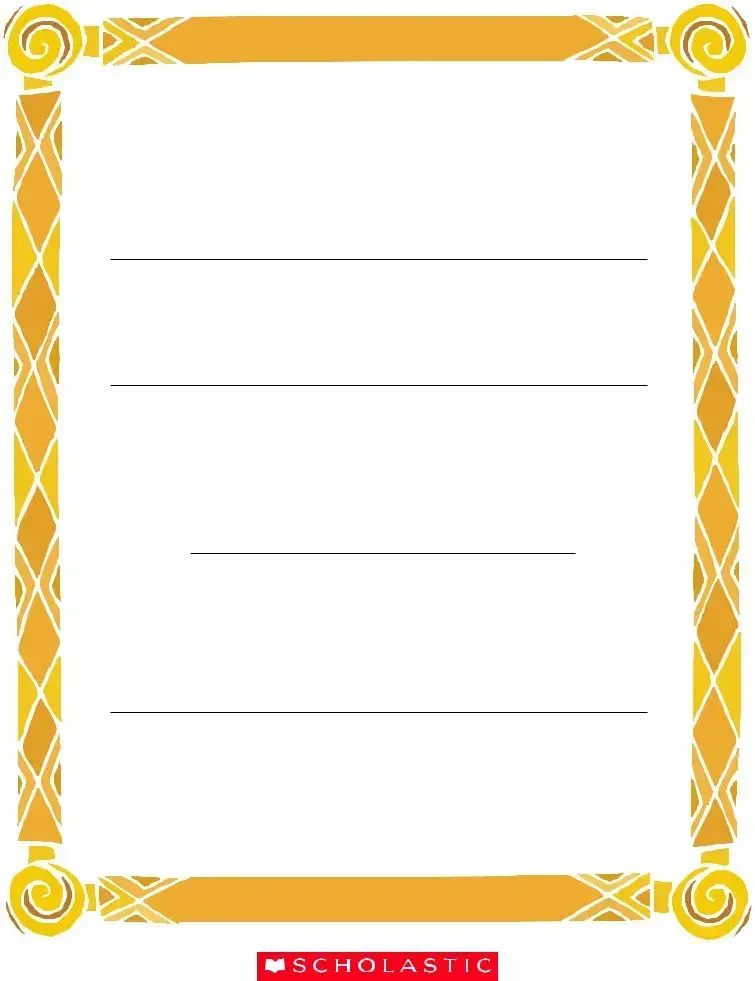What is the purpose of the Award Certificate form?
The Award Certificate form serves to recognize and celebrate the achievements of individuals. Whether in a competition setting or for personal accomplishments, this certificate provides a tangible acknowledgment of a person's hard work and dedication.
Who should fill out the Award Certificate form?
The form should be filled out by the event organizer, competition official, or any designated authority responsible for awarding certificates. This ensures that the information is accurate and that the correct individual receives recognition.
What information is required on the Award Certificate form?
Essential details include the award title, the recipient's name, the date the award is given, and the location of the event or competition. Including these elements personalizes the certificate and adds to its significance.
Can the Award Certificate form be customized?
Yes, the form can be customized to fit the specific needs of the event or organization. Add logos, change colors, or modify the language to resonate more with the audience. Customization reflects the values of the awarding body.
Is there a specific format for the Award Certificate form?
While the basic information required is consistent, there is no strict format that must be followed. Each organization may have its own design preferences and layout styles. The emphasis should always be on clarity and professionalism.
How can I distribute the Award Certificate after it's filled out?
Distribution methods vary. Award certificates can be printed and handed out at the event, mailed to recipients, or sent electronically. Choose the method that best aligns with the event's atmosphere and the participants' preferences.
What should I do if there is an error on the Award Certificate?
If an error is spotted, it’s important to address it promptly. Depending on the severity of the mistake, you may choose to issue a corrected certificate or use a new form altogether. Maintaining accuracy ensures the award holds its intended value.

